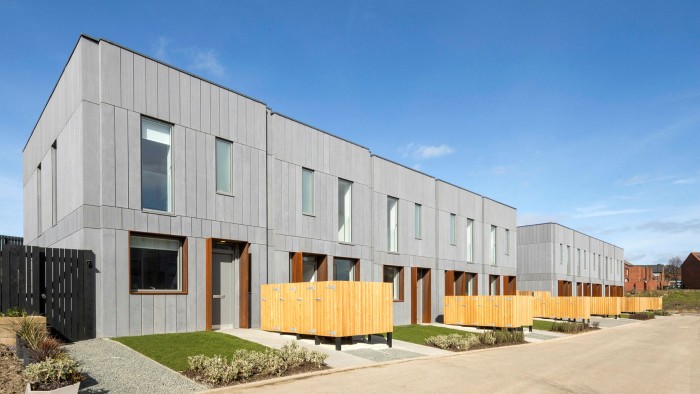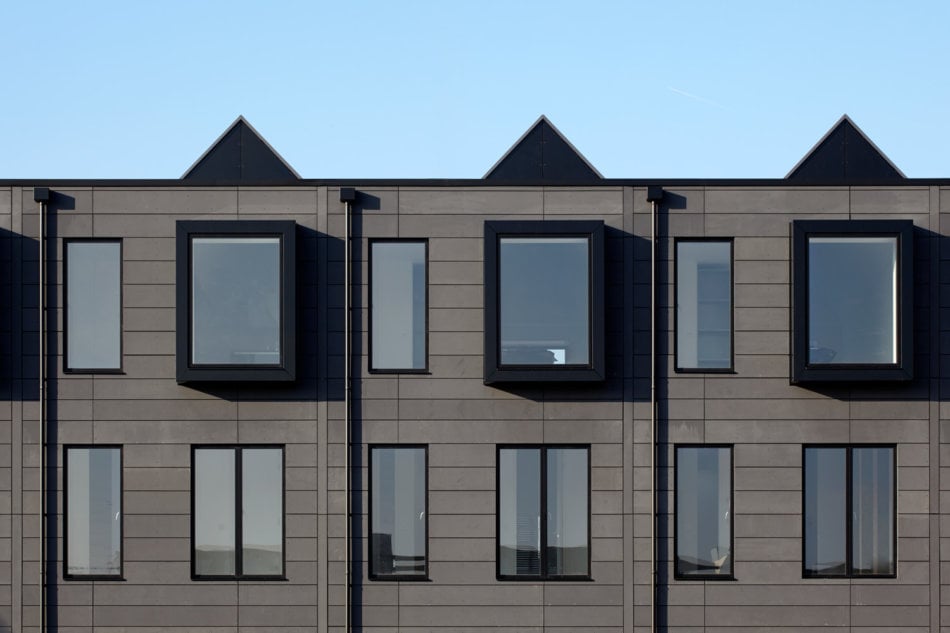
Solar-powered modular homes: Transforming sustainable living with innovation
The rise of Solar-powered modular homes marks a pivotal moment in the journey towards sustainable living. By combining the benefits of solar energy with modular construction techniques, these homes offer a promising solution to modern housing challenges. Not only do they reduce the carbon footprint, but they also provide an efficient and adaptable living environment. As the world pivots towards more eco-friendly options, understanding the impact and potential of these homes becomes crucial.

The concept of solar-powered homes
Solar homes harness the power of the sun to generate electricity. By using solar panels, these homes can operate independently of traditional power grids, leading to a reduction in energy costs and an increase in efficiency. The integration of modular techniques adds a layer of convenience, allowing for quick assembly and scalability, which makes solar-powered modular homes accessible to a broader audience.
Advantages of modular construction
Modular construction involves creating prefabricated sections or modules of a structure that can be rapidly assembled on-site. This method reduces waste, shortens construction time, and often results in cost savings. According to the Modular Building Institute, the quality control processes are also generally more rigorous as most of the construction occurs in a factory setting.
The environmental benefits
By combining modular construction with solar power, these homes significantly reduce their environmental impact. The use of renewable energy sources like solar panels decreases dependency on fossil fuels. Modular homes are also designed to maximize energy efficiency, further promoting sustainable living.
Customized living spaces
One of the attractions of solar-powered modular homes is their flexibility in design. Homeowners can customize their living spaces based on personal preferences and environmental needs. This adaptability ensures that the homes are not only sustainable but also aesthetically pleasing and tailored to individual lifestyles.
Economic impact and cost savings
While the initial investment in solar panels can be substantial, the long-term savings on utility bills are significant. Moreover, surplus energy is often sold back to the grid, providing an additional income stream. In many regions, governments offer incentives and rebates to encourage the adoption of solar energy, making it a cost-effective choice in the long run.
Government incentives
Various governments worldwide are offering tax breaks and incentives to homeowners who choose sustainable options like solar power. These financial benefits can drastically lower the overall cost of adopting such technologies, prompting more people to make the switch.
Community and societal benefits
The widespread adoption of solar-powered modular homes can lead to more sustainable communities. By reducing reliance on non-renewable energy and decreasing overall waste through modular building practices, society can move towards more sustainable and eco-friendly living environments.
Future of solar-powered modular homes
The technology behind solar-powered modular homes is constantly evolving. With advancements in battery storage and more efficient solar panels, the viability and attractiveness of these homes continue to grow. The future promises even more integrated systems and smarter homes that communicate with the grid, further optimizing energy use.
Innovative design trends
Modern design trends are focusing on open spaces, natural lighting, and smart technologies. The integration of these elements in solar-powered modular homes provides a futuristic living experience that aligns with both efficiency and aesthetics.
The role of smart technology
Smart technology is revolutionizing how these homes operate. Systems that adjust temperature, monitor energy use, and even track solar panel efficiency are becoming more prevalent. This level of automation ensures that the energy systems within the home are running optimally at all times.
Challenges in adoption
While solar-powered modular homes show immense promise, their widespread adoption faces several challenges. These include the initial financial outlay, regulatory hurdles, and the need for further education and awareness about the benefits of such homes.
Overcoming financial barriers
Options such as solar leasing and power purchase agreements can make these technologies more accessible. Overcoming financial barriers will require a collaborative effort between private enterprises and government bodies to develop more inclusive financial models.
Education and awareness
The benefits of solar-powered modular homes need to be more widely communicated to increase adoption. Educational campaigns and community programs can play a pivotal role in demystifying these technologies and showcasing their robust benefits.
Conclusion
In summary, solar-powered modular homes represent a future-focused approach to sustainable living. By addressing both environmental and economic challenges, these homes stand out as a beacon of innovation. As technology, policies, and community understanding evolve, these homes will likely become a fundamental part of the housing landscape.

FAQs
Are solar-powered modular homes expensive to build?
While the initial setup might seem costly, it’s important to consider the long-term savings and government incentives that can drastically reduce overall costs.
Can these homes function without a traditional power grid?
Yes, solar-powered modular homes can be designed to operate off-grid, thanks to advanced battery storage systems that store energy for use during non-sunny periods.
How customizable are modular homes?
They are highly customizable, allowing owners to personalize their layouts, finishes, and energy systems to suit their preferences and needs.
Is there a significant environmental benefit?
Absolutely. These homes reduce reliance on fossil fuels, use energy more efficiently, and are constructed using practices that minimize waste and promote sustainability.
This article contains affiliate links. We may earn a commission at no extra cost to you.